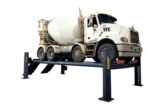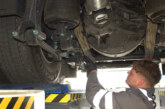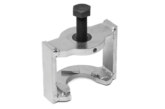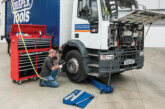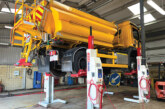How do transmission oils improve fuel efficiency?
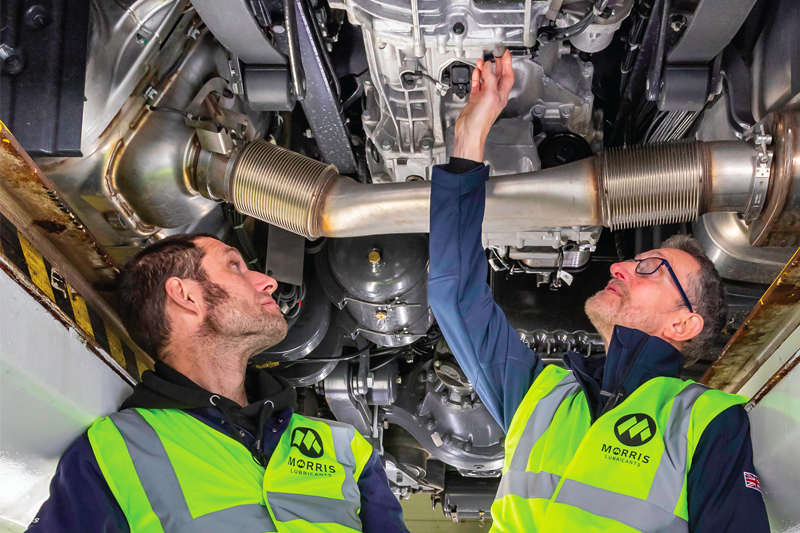
Adrian Hill, technology manager at Morris Lubricants, looks at the role heavy duty transmissions oils have in improving fuel efficiency and reducing emissions.
The focus for ensuring commercial vehicles continue to become more fuel efficient in a move towards reducing emissions, tends to fall on engine technology, however, this is only one part of the overall driveline. Transmission choices and the correct lubricant use can also make a significant contribution to reducing emissions.
There are three main types of transmission that can be fitted in a commercial vehicle: automated manual transmission (AMT), automatic transmission (AT) and manual transmission. Each of these have different technical aspects and different transmission oil requirements to help ensure efficient operation and reduced emissions.
AMTs are fitted to most of the commercial vehicles registered in Europe. The AMT can operate as an automatic and in this mode, computer management control systems ensure faster and more fuel-efficient gear selection than those that can be made by the driver. This optimises power output in any given situation. AMTs also tend to be more compact and less complex in design than an AT, as the internals in the AMTs are a manual transmission that use synchronisers employing electro or electro-hydraulically actuated gear selectors.
Under pressure
For the driveline to work correctly and not breakdown when it is needed most, the AMT needs the correct transmission oil for full protection. The gear sets require a transmission oil with outstanding EP (extreme pressure) protection and a tough oil film to look after bearings under a wide variety of workloads and duty cycles. Friction control and multi-metal corrosion protection is also required to protect the synchronisers.

Additionally, we have now seen a move to lower viscosity transmission oils for improved fuel efficiency. An evolution has taken place from old school 80W-90s to 75W- 90s and 75W-80s, which have improved cold start fluidity. Here, a thinner oil film at start-up and working temperature reduces energy-sapping churning losses.
The other key transmission type, AT, is the ideal choice for commercial vehicles involved with predominantly stop-start work. Examples would include municipal vehicles, such as those used for refuse collection, buses and fire engines. The use of ATs makes the driving experience more comfortable and removes the likelihood of wear and tear on components such as clutch assemblies and thrust bearings.
Multi-function
The transmission oil requirements for an AT are very different to those of an AMT and this is down to its increased level of design complexity. In an AT, gear ratios are selected using a combination of clutch packs and brand bands. These are engaged and disengaged hydraulically, in various combinations, to adjust the speed of the output shaft to the drive axles. As with AMTs, computer management control systems monitor speeds and loads to make the appropriate gear ratio selection to optimise the power to the wheels, while maintaining the best possible level of fuel efficiency.
Transmission oils used in these heavy-duty AT applications have a variety of functions. Firstly, they need to ensure positive engagement of the clutch packs by the addition of friction modifiers in the oil’s formulation to minimise the possibility of slippage. This is also the requirement for brake bands that ‘brake’ the carriers holding the planetary gear sets that contribute to the various gear ratios.
Transmission oils used in AT also have to protect the gear sets in the same way a standard gear oil would, to prevent wear and maintain integrity, especially under load. And of course, there are the bearings that need to be lubricated and protected from wear.
The conventional manual transmission still deserves a mention and in Europe, is still fitted to predominantly smaller units. It is particularly useful where vehicles are hired or leased short term, as training is unlikely to be needed due to their conventional ‘stick’ operation.
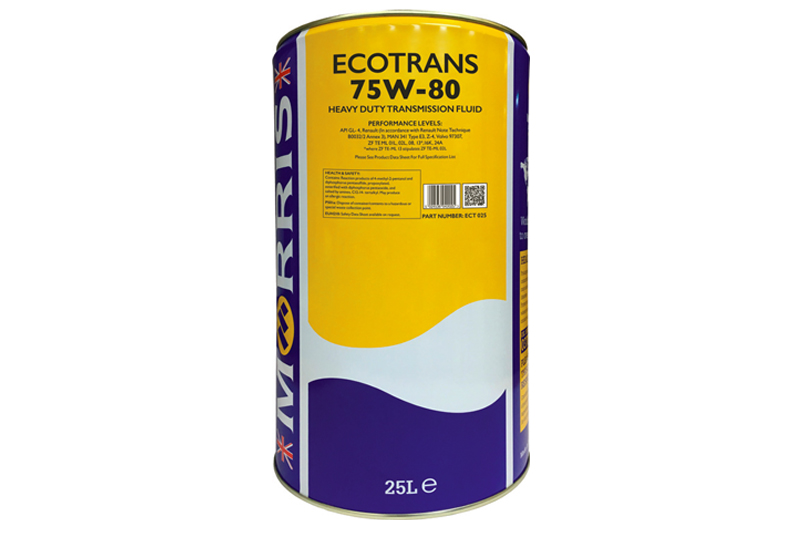
However, they are only a small percentage of transmissions fitted in Europe and these do not contribute to fuel saving as operational efficiency will depend on driving style. The transmission oil used in manual transmissions is designed to prevent wear and maintain integrity of the gear sets.
Transmission oils used in AMTs, ATs and manual transmissions also share common characteristics. Oxidation is a killer for transmission oils, and this is a challenge when you get heat soaks over long periods of time. The oil will start to break down (oxidise) and it will cause deposits, form sludges and various other contaminants that can impede the action of the transmission. So, the oil itself is formulated to combat this unwanted side effect. Keeping components clean, protecting them under load and circulating effectively at low and high temperatures ensures maximum operational efficiency.
The ultimate goal here, with new generation engine designs (Euro 6 soon to be Euro 7) used in conjunction with computer-controlled transmissions is to become more fuel efficient, reduce emissions and minimise environmental impact. This also brings the benefit of fuel savings which can, for a fleet operator, translate into money in the bank.
Online advice
Of course, the operational efficiency of this hardware relies on the critical fit of the correct transmission oil, so it is important you follow the manufacturer’s specifications for that vehicle. If you are unsure seek advice from the Morris Lubricants technical team or you can use the Whatoil online lubricant selector. Selecting the correct oils and lubricants gives you the best opportunity to keep your vehicles out of the workshop and earning their keep on the road.




